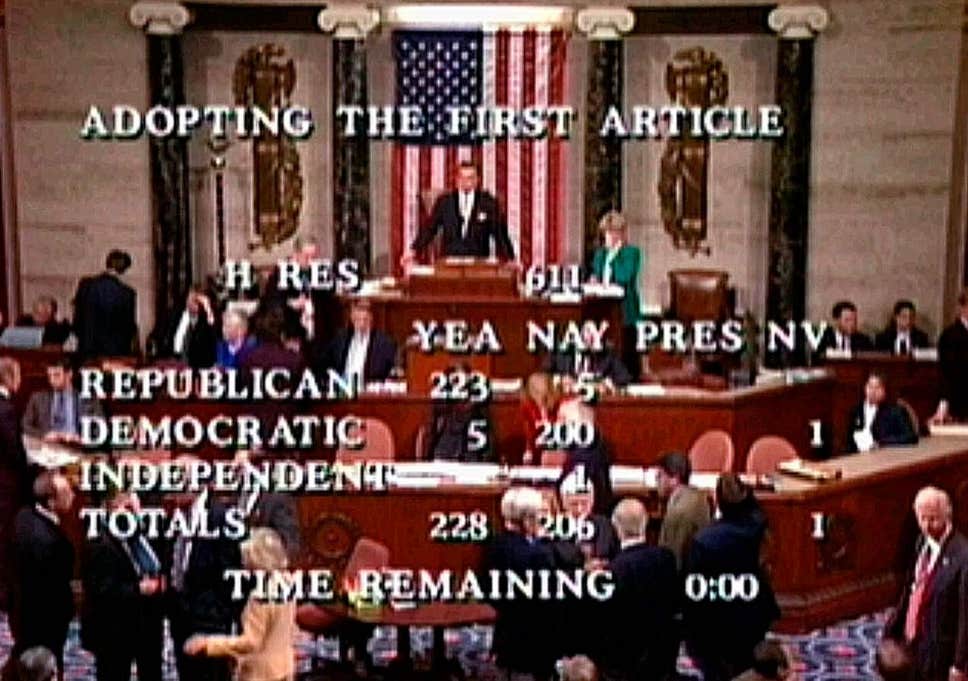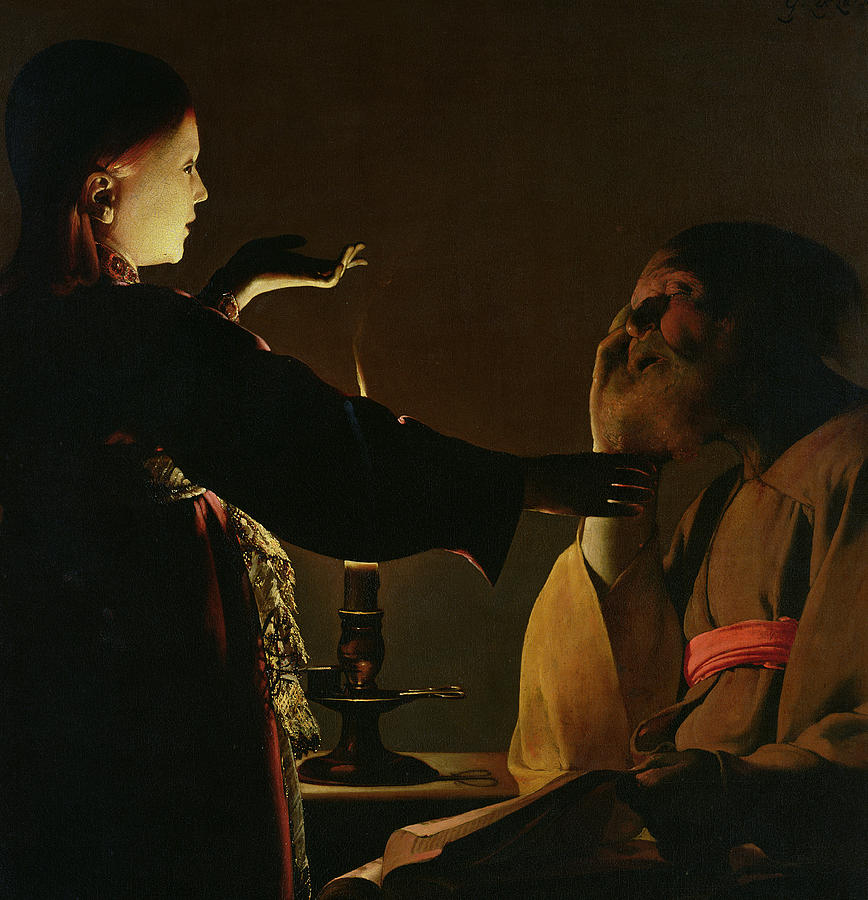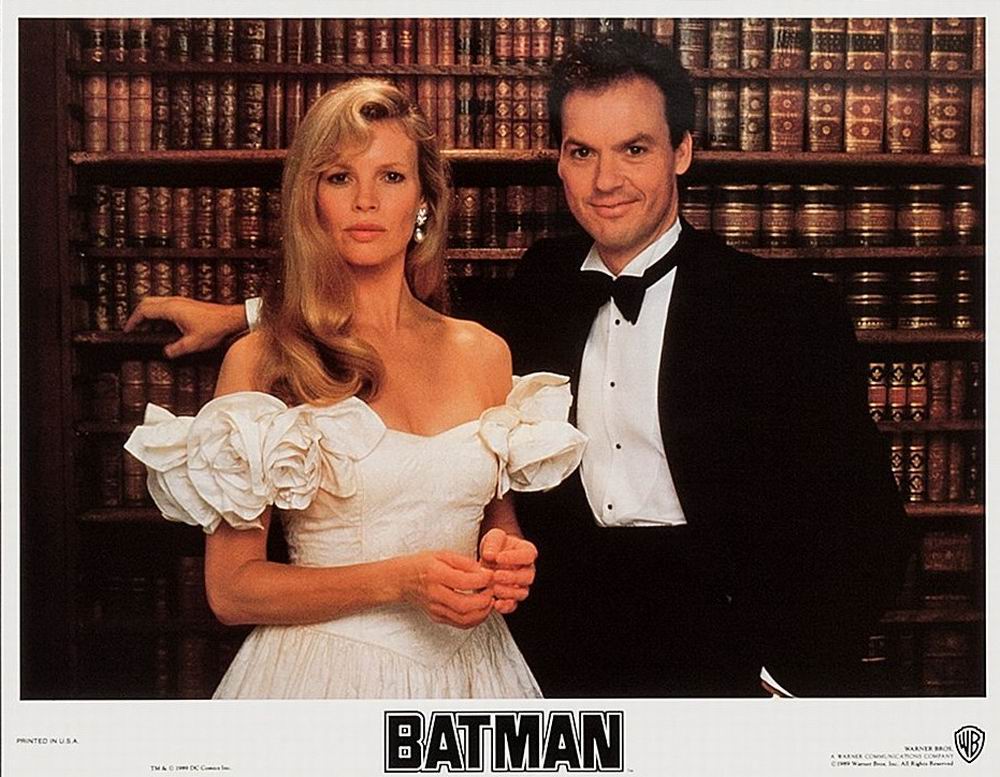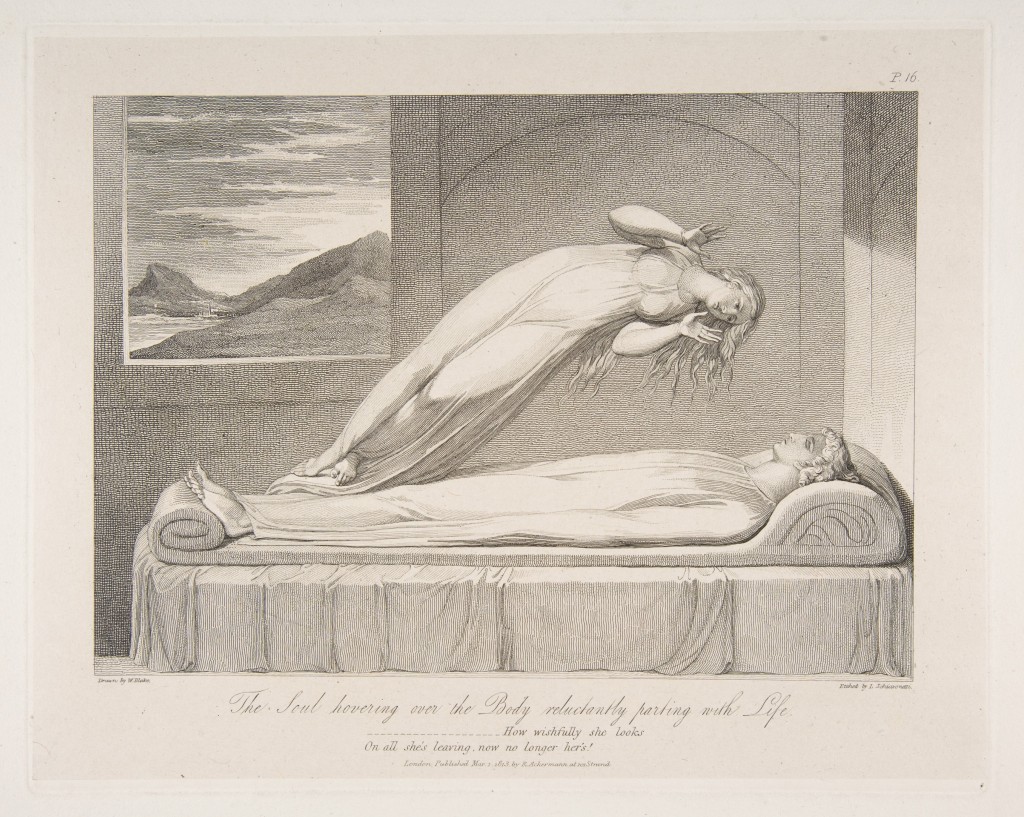I was just made aware of this code by Kyle Smith over at National Review, and I wanted to read the whole thing for myself. This is the code governing the content of movies from the silent picture era to the cultural revolution of 1968. And it’s pretty astonishing, well at least in light of very recent events. Even Smith writing for a Conservative periodical mocks the code for the way it supposedly hampered artistic expression. Which is little more than a euphemism for what scripture might call “what the evil do in secret” or “coarse jesting” “or “calling evil good”.
Preamble
Motion picture producers recognize the high trust and confidence which have been placed in them by the people of the world and which have made motion pictures a universal form of entertainment.
They recognize their responsibility to the public because of this trust and because entertainment and art are important influences in the life of a nation.
Hence, though regarding motion pictures primarily as entertainment without any explicit purpose of teaching or propaganda, they know that the motion picture within its own field of entertainment may be directly responsible for spiritual or moral progress, for higher types of social life, and for much correct thinking.
During the rapid transition from silent to talking pictures they realized the necessity and the opportunity of subscribing to a Code to govern the production of talking pictures and of acknowledging this responsibility.
On their part, they ask from the public and from public leaders a sympathetic understanding of their purposes and problems and a spirit of cooperation that will allow them the freedom and opportunity necessary to bring the motion picture to a still higher level of wholesome entertainment for all the people.
First it strikes me that humans in the United States, Americans, used to take what they did seriously. The dressed up in suits and ties and took responsibility for what they did. They realized that every thought should be taken captive and that what they did had repercussions on other people. It was not merely entertainment, this reads like the Hippocratic oath or an oath taken by and engineer. The eye is the window to the soul, which isn’t so much about peering into the eyes of your lover as it is appreciating that what you look at affects your soul. Today we pretend that none of this matters. Hollywood is often making excuses or claiming that they bear no responsibility for what they produce or that is has no negative affects on the youth. They conjure ‘studies’ that have about as much respectability as Jim Jong Un’s golf score. On the other hand behind the scenes they make every attempt to live by the new code. And don’t think that they had codes and we do not. It’s just that they were honest about it, and we are not. We have arbitrary cancel culture, our forefathers wrote the code down for all to see. The most simple example is how many of these old movies would not be allowed to be made today. Oh sure we would put some woke veneer on it as if we were morally superior to those old racists, but the reality is we just don’t like the message of Christianity coming through in these old movies.
General Principles
1. No picture shall be produced which will lower the moral standards of those who see it. Hence the sympathy of the audience shall never be thrown to the side of crime, wrong-doing, evil or sin.
2. Correct standards of life, subject only to the requirements of drama and entertainment, shall be presented.
3. Law, natural or human, shall not be ridiculed, nor shall sympathy be created for its violation.
Today our code is nearly the opposite. Just a few days ago there was a call to make 20% of characters on TV shows sexual deviants. Almost every movies is purposely created to lower moral standards. Comedy is almost dead for having done so. For the last 20 years shock, and ‘pushing the limits’ have been the goals of most comedies, to the point that there are no more limits. Even the most perverse obscene acts are almost normal. The final frontier seems to be polygamy and pedophilia. Go us.
And the code even has the audacity to mention sin. How dare they! But the fact is we treat any number of things as sin. Like say if a woman did what her husband asked, was submissive and meek. That would be a sin to feminists like us. Let’s say a Christian was portrayed in a good light, again sin. Let’s say there weren’t enough token black people in the movie, sin. And the proof of this is in the Rotten Tomatoes reviews. Movies today are not rated favorably for meeting any standard of acting, cinematography, or for excellence in any aspect of this art form, they are given good marks for being politically correct. Is Black Panther really the best Marvel movie? I think not. Kingsman was one of the worst movies I have ever seen. But it got 74% for a scene slaughtering Christians, which single handedly breaks every rule in this old code.
Then the general principles are fleshed out:
I. Crimes Against the Law
These shall never be presented in such a way as to throw sympathy with the crime as against law and justice or to inspire others with a desire for imitation.
Each category has specific examples which I have left out. Today there are more movies glorifying thieves, murderers and the sexually perverse, than you could even count. As we become more Marxist it’s no surprise that property crime isn’t even a consideration anymore. Almost every movie portrays the destruction of millions in property and it is almost never portrayed as a problem. Movies like The Usual Suspects, The Italian Job, Momento, Tarantino, Oceans 11,12, 13 and on and on where the hero is the bad guy. It’s no surprise that so many young people are walking around with Che shirts, or why the bad guy of the 20th century, Communism is now see as the good guy by many American. But can you imagine a movie today where the hero smoked, didn’t care about recycling, and went around destroying solar panels?
II. Sex
The sanctity of the institution of marriage and the home shall be upheld. Pictures shall not infer that low forms of sex relationship are the accepted or common thing.
Wow, how many churches even believe this anymore? Aside from a few corny recent Christian movies, I don’t think a major studio has portrayed marriage as sacred, let alone the home, since 1968. It’s pretty obvious that their goal has been to undermine marriage and the family in every way they possibly could. Marriage is at best on par with sleeping around and at worst a prison. And the home is just where you come to plug in your phone. The concept of a sacred place where families pass on tradition and nurture healthy relationships before God, went away some time in the 80’s. Now we have garbage like the Handmaid’s Tale mocking the home, in some insanely twisted version of a history that never happened. But can you imagine a movie made today in which gay people were mocked and rightly so. I mean seriously you can’t tell the difference between a fruitful womb and a poop shoot? Are you an idiot? No doubt that offended you, because we are just as uptight as they were and our codes are just as strictly enforced. The only problem is that our codes are backwards and often complete arbitrary.
III. Vulgarity
The treatment of low, disgusting, unpleasant, though not necessarily evil, subjects should be guided always by the dictates of good taste and a proper regard for the sensibilities of the audience.
Unfortunately the audience no longer has any sensibilities after years of bombardment. Are we even allowed to consider anything as vulgar anymore? Oh maybe people who don’t eat organic, or people who don’t have the newest iPhone, or horror or horrors, someone who didn’t go to college. The most vulgar thing today is probably a Christian from the South clinging to their guns and their religion which no studio would dare characterize in a good light. People on drugs, or slaves to some form of evil are not seen as low or disgusting, they are seen as victims of all the people who are not trapped in some form of evil.
IV. Obscenity
Obscenity in word, gesture, reference, song, joke or by suggestion (even when likely to be understood only by part of the audience) is forbidden.
Again this is almost a prescription for the post-modern screenplay. You can see this explicitly pronounced in the music industry which is just the sister to the movie business.
 But can you imagine a movie made today in which speech codes were violated? What if the hero said he wanted to build a wall? Oh my! Or a hero who told cross-dressers that they needed mental counseling? What if he openly mocked Muhammed? We clap down on such things with the speed of a guy yelling allah akbar as he lit up his vest.
But can you imagine a movie made today in which speech codes were violated? What if the hero said he wanted to build a wall? Oh my! Or a hero who told cross-dressers that they needed mental counseling? What if he openly mocked Muhammed? We clap down on such things with the speed of a guy yelling allah akbar as he lit up his vest.
V. Profanity
It’s interesting that there are divisions between vulgarity, obscenity and profanity. I’m not sure many contemporary men could distinguish between these in a meaningful fashion. Taking the Lord’s name in vein was forbidden. But there are also many words disrespecting women and minorities and gays which were forbidden such as alley cat, broad, hot or slut; chink, dago, kike, wop, yid or nigger; fairy, sissy or pansy. For a culture which was supposedly racist, sexist and homophobic, they sure protected these groups from being attacked on film.
VI. Costume
1. Complete nudity is never permitted. This includes nudity in fact or in silhouette, or any licentious notice thereof by other characters in the pictures.
2. Undressing scenes should be avoided, and never used save where essential to the plot.
3. Indecent or undue exposure is forbidden.
4. Dancing costumes intended to permit undue exposure of indecent movements in the dance are forbidden.
I don’t even need to comment.
VII. Dances
1. Dances suggesting or representing sexual actions or indecent passion are forbidden.
2. Dances which emphasize indecent movements are to be regarded as obscene.
From what I can tell, the only current use of dance is to lead to the sex scene. We even have whole movies mocking people who would dare prohibit anyone from dancing seductively.
VIII. Religion
1. No film or episode may throw ridicule on any religious faith.
2. Ministers of religion in their character as ministers of religion should not be used as comic characters or as villains.
3. Ceremonies of any definite religion should be carefully and respectfully handled.
Again, Hollywood would have nothing to make movies about if they couldn’t mock Christians. Before we started handing out special treatment under terms like tolerance and multiculturalism, the fact is that Christian America was more tolerant than it is today. These terms in their current usage are just a veil for hatred of Christ and his followers.
IX. Locations
The treatment of bedrooms must be governed by good taste and delicacy.
Once you respected a ladies bedroom, not it’s center stage for many movies, and somehow a sign of her power. The only sacred space in our movies is probably the mosque.
X. National Feelings
1. The use of the flag shall be consistently respectful.
2. The history, institutions, prominent people and citizenry of all nations shall be represented fairly.
Wow, and for doing just this, our President is labeled a racist.
And then they expound on the theory of art and humanity, which applies not only to motion pictures. Just the idea that there is such an objective way of viewing the subject is so refreshing in our day when everything is thought to be in motion and up to the eye of the beholder. This was not always so. Our forefathers used to respect those who went before them and to learn from them rather than assume they were just a bunch of haters.
Reasons Supporting Preamble of Code
I. Theatrical motion pictures, that is, pictures intended for the theatre as distinct from pictures intended for churches, schools, lecture halls, educational movements, social reform movements, etc., are primarily to be regarded as entertainment. Mankind has always recognized the importance of entertainment and its value in rebuilding the bodies and souls of human beings.
But it has always recognized that entertainment can be of a character either HELPFUL or HARMFUL to the human race, and in consequence has clearly distinguished between:
(a) Entertainment which tends to improve the race, or at least to re-create and rebuild human beings exhausted with the realities of life; and
(b) Entertainment which tends to degrade human beings, or to lower their standards of life and living.
Hence the Moral importance of entertainment is something Which has been universally recognized. It enters intimately into the lives of men and women and affects them closely; it occupies their minds and affections during leisure hours; and ultimately touches the whole of their lives. A man may be judged by his standard of entertainment as easily as by the standard of his work.
So correct entertainment raises the whole standard of a nation.
Wrong entertainment lowers the whole living conditions and moral ideals of a race.
Note, for example, the healthy reactions to healthful sports, like baseball, golf; the unhealthy reactions to sports like cockfighting, bullfighting, bear baiting, etc.
Note, too, the effect on ancient nations of gladiatorial combats, the obscene plays of Roman times, etc.
II. Motion pictures are very important as art. Though a new art, possibly a combination art, it has the same object as the other arts, the presentation of human thought, emotion, and experience, in terms of an appeal to the soul through the senses.
Here, as in entertainment,
Art enters intimately into the lives of human beings.
Art can be morally good, lifting men to higher levels. This has been done through good music, great painting, authentic fiction, poetry, drama.
Art can be morally evil in its effects. This is the case clearly enough with unclean art, indecent books, suggestive drama. The effect on the lives of men and women is obvious.
Note: It has often been argued that art in itself is unmoral, neither good nor bad. This is perhaps true of the thing product of some person’s mind, and the intention of that mind was either good or bad morally when it produced the thing.
Besides, the thing has its effect upon those who come into contact with it. In both these ways, this is, as a product of a mind and as the cause of definite effects, it has a deep moral significance and an unmistakable moral quality.
Hence: The motion pictures, which are the most popular arts for the masses, have their moral quality from the intention of the minds which produce them and from their effects on the moral lives and reactions of their audiences. This gives them a most important moral quality.
1. They reproduce the morality of the men who use the pictures as a medium for the expression of their idea and ideals.
2. They affect the moral standards of those who, through the screen, take in these ideas and ideals.
In the case of the motion pictures, this effect may be particularly emphasized because no art has so quick and so widespread an appeal to the masses. It has become in an incredibly short period the art of the multitudes.
III. The motion picture, because of its importance as entertainment and because of the trust placed in it by the peoples of the world, has special moral obligations:
A. Most arts appeal to the mature. This art appeals at once to every class, mature, immature, developed, underdeveloped, law abiding, criminal. Music has its grades for different classes; so has literature and drama. This art of the motion picture, combining as it does the two fundamental appeals of looking at a picture and listening to a story, at once reached every class of society.
B. By reason of the mobility of a film and the ease of picture distribution, and because of the possibility of duplicating positives in large quantities, this art reaches places unpenetrated by other forms of art.
C. Because of these two facts, it is difficult to produce films intended for only certain classes of people. The exhibitor’s theatres are built for the masses, for the cultivated and the rude, the mature and the immature, the self-respecting and the criminal. Films, unlike books and music, can with difficulty be confined to certain selected groups.
D. The latitude given to film material cannot, in consequence, be as wide as the latitude given to book material. In addition:
(a) A book describes; a film vividly presents. One presents on a cold page; the other by apparently living people.
(b) A book reaches the mind through words merely; a film reaches the eyes and ears through the reproduction of actual events.
(c) The reaction of a reader to a book depends largely on the keenness of the reader’s imagination; the reaction to a film depends on the vividness of presentation.
Hence many things which might be described or presented in a book could not possibly be presented in a film.
E. This is also true when comparing the film with the newspaper.
(a) Newspapers present by description, films by actual presentation.
(b) Newspapers are after the fact and present things as having taken place, the film gives the events in the process of enactment and with apparent reality of life.
F. Everything possible in a play is not possible in a film:
(a) Because of the large audience of the film, and its consequential mixed character. Psychologically, the larger the audience, the lower the moral mass resistance to suggestion.
(b) Because through light, enlargement of character, presentation, scenic emphasis, etc., the screen story is brought closer to the audience than the play.
(c) The enthusiasm for and interest in the film actors and actresses, developed beyond anything of the sort in history, makes the audience largely sympathetic toward the characters they portray and the stories in which they figure. Hence the audience is more ready to confuse actor and actress and the characters they portray, and it is more receptive of the emotions and ideals presented by their favorite stars.
G. Small communities, remote from sophistication and from the hardening process which often takes place in the ethical and moral standards of groups in large cities, are easily and readily reached by any sort of film.
H. The grandeur of mass settings, large action, spectacular features, etc., affect and arouses more intensely the emotional side of the audience.
In general, the mobility, popularity, accessibility, emotional appeal, vividness, straightforward presentation of fact in the film make for more intimate contact with a larger audience and for greater emotional appeal.
Hence the larger moral responsibilities of the motion pictures.
Reasons Underlying the General Principles
1. No picture shall be produced which will lower the moral standards of those who see it. Hence the sympathy of the audience should never be thrown to the side of the crime, wrong-doing, evil or sin.
This is done:
(1) When evil is made to appear attractive or alluring, and good is made to appear unattractive.
(2) When the sympathy of the audience is thrown on the side of crime, wrong-doing, evil, sin. The same thing is true of a film that would throw sympathy against goodness, honor, innocence, purity, or honesty.
Note: Sympathy with a person who sins is not the same as sympathy with the sin or crime of which he is guilty. We may feel sorry for the plight of the murderer or even understand the circumstances which led him to his crime. We may not feel sympathy with the wrong which he has done. The presentation of evil is often essential for art or fiction or drama. This in itself is not wrong provided:
a. That evil is not presented alluringly. Even if later in the film the evil is condemned or punished, it must not he allowed to appear so attractive that the audience’s emotions are drawn to desire or approve so strongly that later the condemnation is forgotten and only the apparent joy of the sin remembered.
b. That throughout, the audience feels sure that evil is wrong and good is right.
2. Correct standards of life shall, as far as possible, be presented.
A wide knowledge of life and of living is made possible through the film. When right standards are consistently presented, the motion picture exercises the most powerful influences. It builds character, develops right ideals, inculcates correct principles, and all this in attractive story form.
If motion pictures consistently hold up for admiration high types of characters and present stories that will affect lives for the better, they can become the most powerful natural force for the improvement of mankind.
3. Law, natural or human, shall not be ridiculed, nor shall sympathy be created for its violation.
By natural law is understood the law which is written in the hearts of all mankind, the great underlying principles of right and justice dictated by conscience.
By human law is understood the law written by civilized nations.
1. The presentation of crimes against the law is often necessary for the carrying out of the plot. But the presentation must not throw sympathy with the crime as against the law nor with the criminal as against those who punish him.
2. The courts of the land should not he presented as unjust. This does not mean that a single court may not be represented as unjust, much less than a single court official must not be presented this way. But the court system of the country must not suffer as a result of this presentation.
Reasons Underlying Particular Applications
1. Sin and evil enter into the story of human beings and hence in themselves are valid dramatic material.
2. In the use of this material, it must be distinguished between sin which repels by its very nature, and sins which often attract.
a. In the first class come murder, most theft, many legal crimes, lying, hypocrisy, cruelty, etc.
b. In the second class come sex sins, sins and crimes of apparent heroism, such as banditry, daring thefts, leadership in evil, organized crime, revenge, etc.
The first class needs less care in treatment, as sins and crimes of this class are naturally unattractive. The audience instinctively condemns all such and is repelled.
Hence the important objective must be to avoid the hardening of the audience, especially of those who are young and impressionable, to the thought and fact of crime. People can become accustomed even to murder, cruelty, brutality, and repellent crimes, if these are too frequently repeated.
The second class needs great care in handling, as the response of human nature to their appeal is obvious. This is treated more fully below.
3. A careful distinction can be made between films intended for general distribution, and films intended for use in theatres restricted to a limited audience. Themes and plots quite appropriate for the latter would be altogether out of place and dangerous in the former.
Note: The practice of using a general theatre and limiting its patronage during the showing of a certain film to “Adults Only” is not completely satisfactory and is only partially effective.
However, maturer minds may easily understand and accept without harm subject matter in plots which do younger people positive harm.
Hence: If there should be created a special type of theatre, catering exclusively to an adult audience for plays of this character (plays with problem themes, difficult discussions and maturer treatment) it would seem to afford an outlet, which does not now exist, for pictures unsuitable for general distribution but permissible for exhibitions to a restricted audience.
So I ask you, which set of rules is more Biblical, this code or the implied, hidden, finagled, fleeting code we enforce by tweet and social media lynching? Why were they so much more honest, and thoughtful about their codes?
Source: https://productioncode.dhwritings.com/multipleframes_productioncode.php










